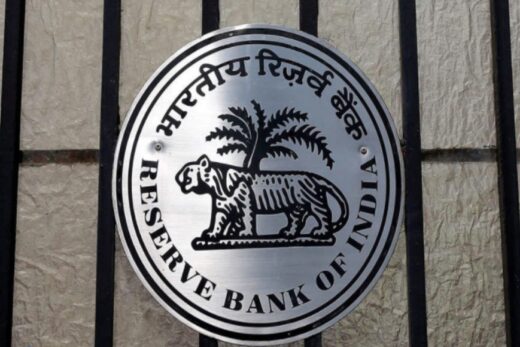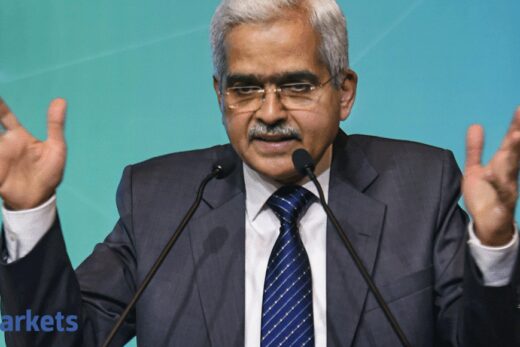RBI’s commentary on inflation trajectory would be keenly watched as consumers are feeling the second order impact with manufacturers passing on commodity price increases. It may also clarify on unwinding excess cash from the system, after the US Fed hinted at stopping easy money later this year.
Signs of economic recovery are gradually emerging, said Madan Sabnavis, chief economist at CARE Ratings, who expects assessment of inflation and growth to be the “two-point focus” of this policy “rather than tinkering with the rates”. “We need to see if inflation is spooking the central bank, which earlier denounced any major threat of price rise and indicated that this was transient,” he said.
The retail inflation as measured by the consumer price index stayed over the RBI’s target upper band limit of 6% for the second month in a row. The gauge printed 6.26% in June versus 6.30% in May.
“While virus caseload has declined significantly since April, the overall trajectory of economic variables has not changed sufficiently to warrant any material change in the RBI’s policy stance,” said Rahul Bajoria, chief India economist at Barclays.
The central bank’s “accommodative” stance should see no change when the Monetary Policy Committee meets to discuss the policy on August 4-6, economists suggested.
In its June policy, the RBI lowered India’s GDP forecast for this fiscal year by a percentage point to 9.5%, citing lockdowns during the second wave. The inflation projection was at 5.1% for FY22, well above the ballpark normal target of 4%. The September- and December-quarter consumer inflation forecasts were raised by 20-30 basis points.
“We may see some upward revision to inflation forecast as any shock on price rises can upset the central bank’s determined focus on growth,” said Rajni Thakur, chief economist at
. At the same time, we could expect some extension of measures to arrest rising yields.”
The policy repo rate at which banks borrow short term money from the RBI is at 4%. The reverse repo at which lenders park surplus cash with the central bank is at 3.35%.
The benchmark bond yield rose to as much as 6.23% on July 23, the highest since March 18, show Bloomberg data compiled by ET Intelligence Group. The bond price, which moves in the opposite direction of yield, has since pared some of its losses after the government’s tax collections showed up.
New Delhi’s total tax collection in the April-June quarter jumped about 86% from a year earlier to more than Rs 5.57 lakh crore, diminishing fear of additional fiscal borrowings for a country already bearing a high economic cost of the pandemic.
The global crude oil prices soared to nearly $75 per barrel last week fanning fear of imported inflation to India, an anchor for global crude consumptions. “Although the RBI will unlikely rush for unwinding of excess liquidity, it can lay an indicative path for the same,” said Kumaresh Ramakrishnan, chief investment officer-fixed income at DHFL Pramerica MF.
India’s banking system has a surplus of Rs 6.11 lakh crore with Mint Road ensuring softer rates. The central bank will purchase government bonds of Rs 1.2 lakh crore under the Government Securities Acquisitions Programme during the JulySeptember quarter.



